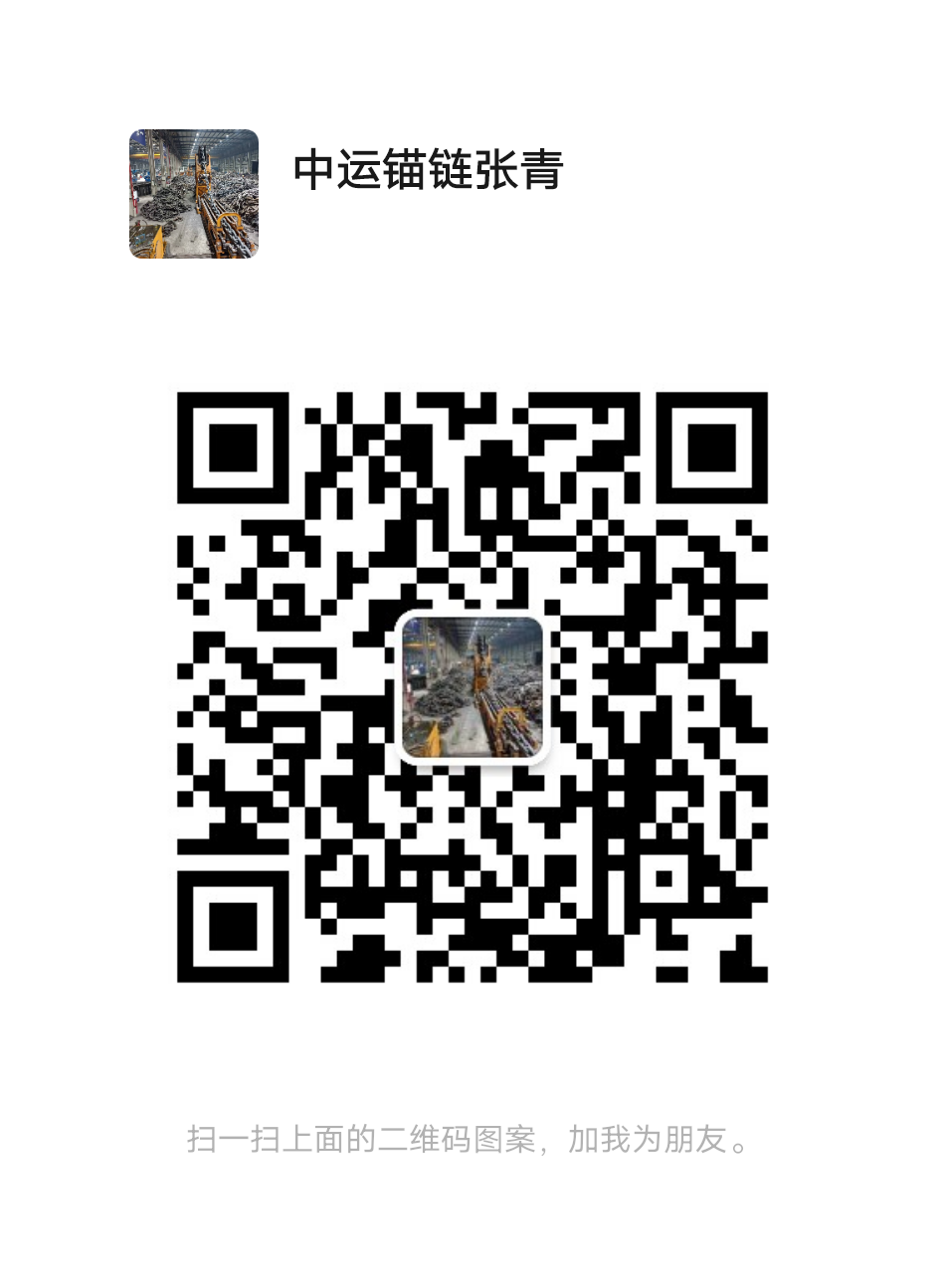What is Anchor Chain – Everything You Should Know
Its primary purpose is to provide a mechanism for ships and boats to hold their position either during berthing and mooring operations at ports, or for large offshore installations such as semi-submersible oil rigs to remain stationary above an oil deposit.
To do so, the anchor grips on to any rocks or debris at the bottom of the ocean or sea, to provide a pivot about which the vessel will remain stationary.
Along with this, anchors can also increase the drag of any vessel in situations where it is so required. When trailing behind the ship, they serve as an artificial drag mechanism.
By letting the anchor follow in the wake of the ship, the entire vessel is stabilized against any abrupt wave motions during storms. This is a key factor in preventing green water loading and bow slamming. Green water is a technical term for any water present on the upper deck of the ship.
Bow slamming refers to the large forces exerted on the fore hull of the vessel by waves during storms. By allowing the anchor to absorb huge amounts of load and redirect forces away from the hull of the ship, the vessel can remain relatively stable even during unfavourable conditions.
Importance of the Anchor Chain
As seen, the anchor plays a major role in a vessel and offshore operations . However, it can only function as long as it remains attached to the floating structure.
Considering the tremendous amounts of force applied to the connection between the anchor and the ship during routine berthing or anchoring conditions, conventional methods of securing the anchor will eventually fail under the extensive stress.
The anchor chain refers to the component that attaches the anchor to the boat or structure and is usually referred to as the anchor rode (or anchor cable). It is superior to conventional methods in terms of strength and load-bearing.
The purpose of the anchor rode is to secure the anchor to a part of the vessel in such a manner that it can be easily hauled up when the need arises.
It also plays a major role in absorbing a certain portion of forces away from the main structure and anchor head. For instance, during storms or other similar weather conditions, the vessel or offshore rig tends to pitch and heel. This motion can intensify, causing damage to the vessel.
To dampen these forces, the anchor rode is designed to absorb a certain amount of the load. Since anchor chains and cables are built to withstand large forces on them, they are not drastically damaged or deformed by such loads. This absorption of forces away from the main structure and anchor is known as dampening.
Important factors to keep in mind while selecting or designing the anchor chain are the
- maximum permissible loads,
- ease of storage, and
- the expected length of the rode.
The stresses need to be checked for every unit of the rode. Metal chains have links as their primary unit component, while ropes and cables have fibres.
Ease of storage is another key factor in rode design. If the anchor rode cannot be reeled back in and then stored securely, it could lead to damage of the hull.
Every vessel or offshore installation has a rough idea of the operating locations, and consequently the maximum and minimum depths of the waterbodies at these locations. Based on these, the anchor rode is manufactured at a particular length at which it must be securely fastened.
The ratio of the length of the anchor rode paid out, and the actual depth of the waterbody is known as the scope. It represents a trade-off between vessel drifting and vertical forces on the anchor.
Scopes are usually in the range of 5:1 to 7:1. Shorter rodes have lesser slack, hence the ship does not easily drift off due to the natural wave motions. However, since the angle between the seabed and anchor rode is nearly ninety degrees, shocks and jerks are directly transferred to the rode and subsequently the vessel.
If the scope is increased beyond a certain value, it would drastically decrease the forces on the vessel, but would also allow the vessel to drift out into a larger region.
Anchor Chain
The anchor chain is made up of multiple link segments that resemble closed loops. Each loop is connected through to its neighbouring loops, creating a chain of any given length.

